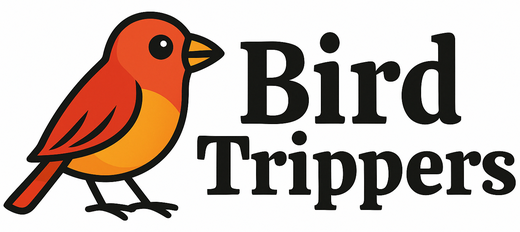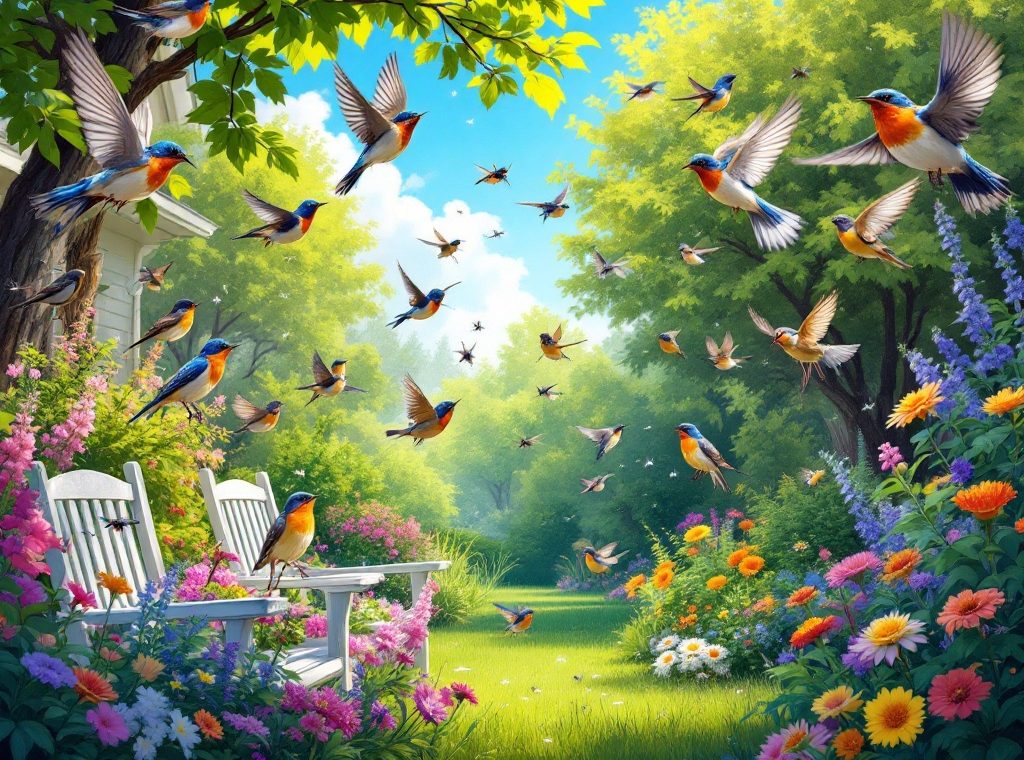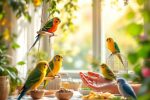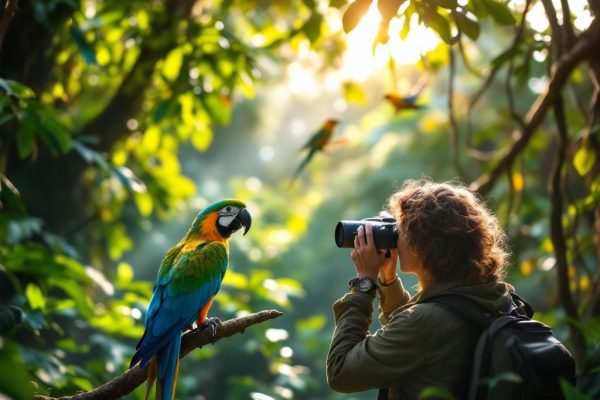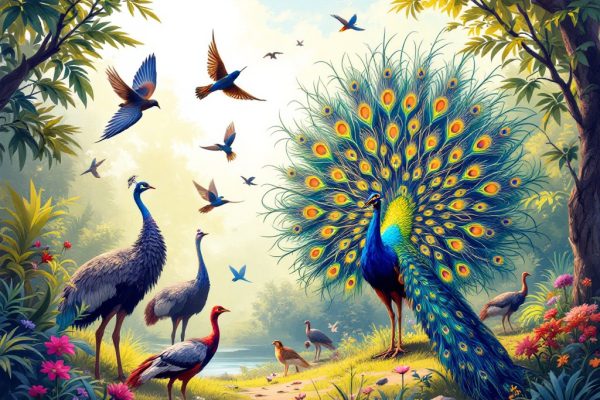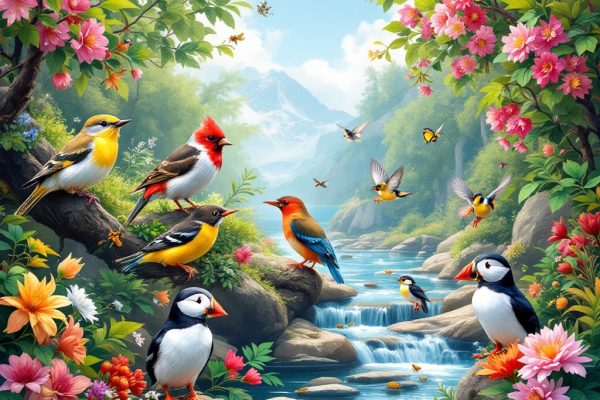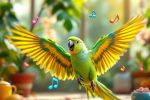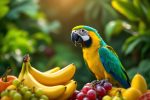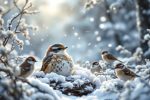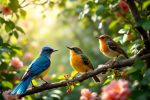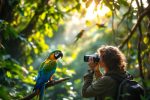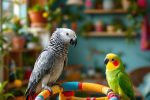Which Birds Eat Mosquitoes
Tired of pesky mosquitoes? Harness the power of nature! Birds like swallows, purple martins, and even robins are natural mosquito control experts, consuming thousands of insects daily. Discover which species are most effective and learn how to transform your backyard into a haven for these feathered allies. Create a bird-friendly environment and enjoy a mosquito-free summer!
Important information
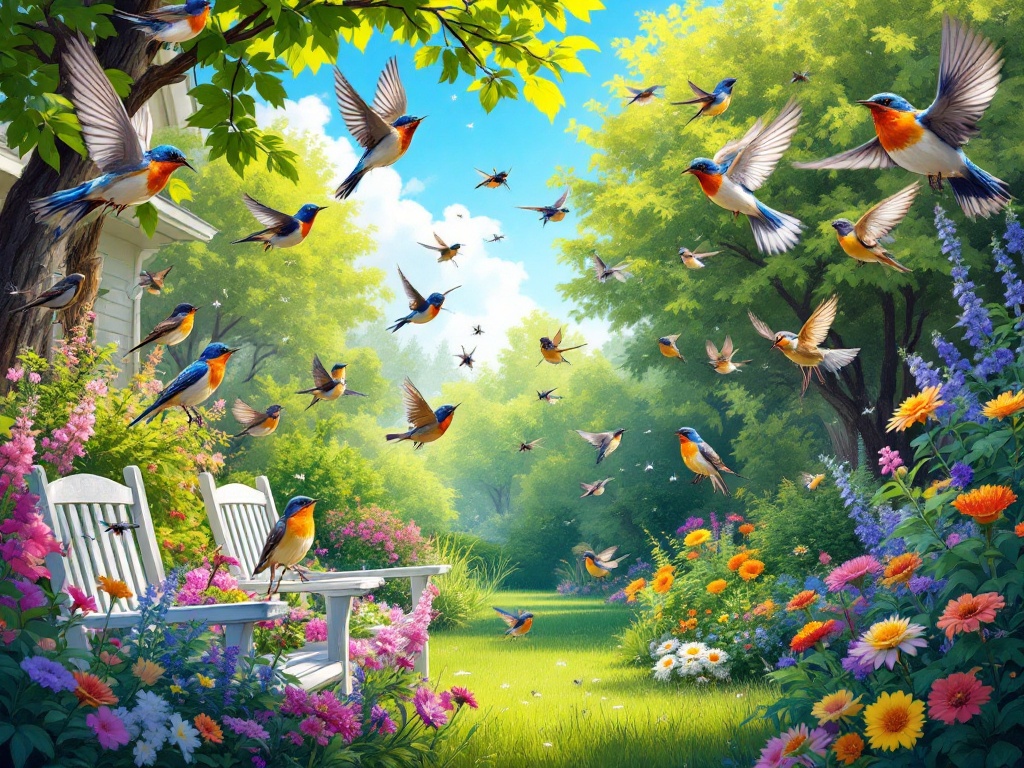
- Many bird species, including swallows, purple martins, nighthawks, chickadees, and robins, eat mosquitoes, contributing to natural mosquito control.
- Attracting these birds to your yard can reduce mosquito populations. Provide fresh water sources, native plants, and nesting boxes. Avoid using pesticides.
- Aerial insectivores like swallows and purple martins are particularly effective at catching mosquitoes in flight.
- While purple martins are often thought of as major mosquito consumers, studies reveal they primarily eat other flying insects.
- Creating a bird-friendly habitat with diverse plants, water sources, and minimal pesticide use is key for attracting mosquito-eating birds.
Understanding Which Birds Eat Mosquitoes
Many bird species include mosquitoes in their diet. Some of the most effective mosquito-hunting birds include swallows, purple martins, nighthawks, chickadees, titmice, house wrens, yellow warblers, eastern phoebes, white-eyed vireos, hummingbirds, eastern bluebirds, and American robins. These birds play a crucial role in controlling mosquito populations in various habitats such as wetlands, marshes, and fields. Other animals, such as bats, dragonflies, frogs, and fish, also contribute to mosquito control.
How Birds Help Control Mosquito Populations
Birds offer a natural way to control mosquitoes, eating them throughout their entire life cycle. This helps maintain a balanced ecosystem and lessens our dependence on chemical insecticides. Aerial insectivores, like swallows and purple martins, are especially skilled at catching mosquitoes in the air. Other birds, such as chickadees and robins, also include mosquitoes as part of their diet. By creating a bird-friendly backyard, you can boost this natural pest control and find a simple solution to reduce mosquito populations.
Key Mosquito-Eating Bird Species
Purple Martins are renowned for their mosquito-devouring habits, consuming up to 2,000 in a single day. Their diet primarily consists of flying insects. Barn Swallows often nest near humans, helping control local insect populations. They favor specific habitats and consume a substantial number of insects daily.
- Nighthawks, most active at twilight, devour vast quantities of mosquitoes.
- Even small birds like chickadees and titmice contribute to insect control. They forage for mosquitoes and other pests on plants in gardens and woodlands.
- The diminutive House Wren, nesting in suburban cavities, also enjoys a mosquito-rich diet.
Yellow Warblers, preferring wooded areas near water, catch mosquitoes mid-air. Eastern Phoebes, common near eastern US streams and forests, also consume mosquitoes. During breeding season, White-eyed Vireos, known for their distinctive song, add mosquitoes to their diet in shrubby habitats.
- While hummingbirds primarily sip nectar, they supplement their diet with small insects, including mosquitoes.
- Eastern Bluebirds are valuable pest controllers in gardens and orchards, consuming numerous insects, including mosquitoes.
- American Robins, familiar inhabitants of lawns and gardens, contribute to pest management by eating both ground insects and mosquitoes.
Attracting Mosquito-Eating Birds to Your Backyard
Attract mosquito-eating birds to your yard by providing food, shelter, and water. Suet feeders are especially effective, attracting insectivores like woodpeckers and nuthatches. Providing nesting boxes offers shelter for bluebirds and wrens. When placing feeders and boxes, consider nearby natural cover and perching spots. A bird-friendly environment requires key elements like water sources, native plants, and minimal pesticide use. Birdbaths provide essential drinking water. Native plants offer a crucial source of food and shelter. Minimizing pesticide use ensures a healthy insect population, a vital food source for the birds. These elements create a sustainable ecosystem that naturally attracts mosquito-eating birds.
Providing Food
- Use suet feeders to attract woodpeckers and nuthatches.
Providing Shelter
- Offer nesting boxes for bluebirds and wrens.
- Consider natural cover and perching spots when placing feeders and boxes.
Other Key Elements
- Provide water sources like birdbaths.
- Plant native species for food and shelter.
- Minimize pesticide use to maintain a healthy insect population.
Creating a Bird-Friendly Environment
Native plants are essential, providing birds with nourishment and shelter. Water sources like bird baths and ponds not only offer drinking water but also attract insects, a key food source for many birds. While wetlands and marshes can be mosquito breeding grounds, they attract birds that specialize in eating these insects. Open areas such as fields, parks, and gardens give birds space to hunt flying insects. Trees and shrubs offer protected nesting sites and refuge from predators. Creating a bird-friendly habitat involves a variety of elements.
Providing Food
- plant native plants, which offer natural food sources like seeds, berries, and nectar.
- install bird feeders stocked with appropriate seed mixes for your region.
- create water sources, which attract insects, a crucial food source for many birds.
Providing Shelter and Nesting Sites
- plant trees and shrubs that offer protected nesting sites and refuge from predators.
- consider installing birdhouses designed for specific species you want to attract.
- maintain open areas like fields, parks, and gardens, which provide space for hunting flying insects.
